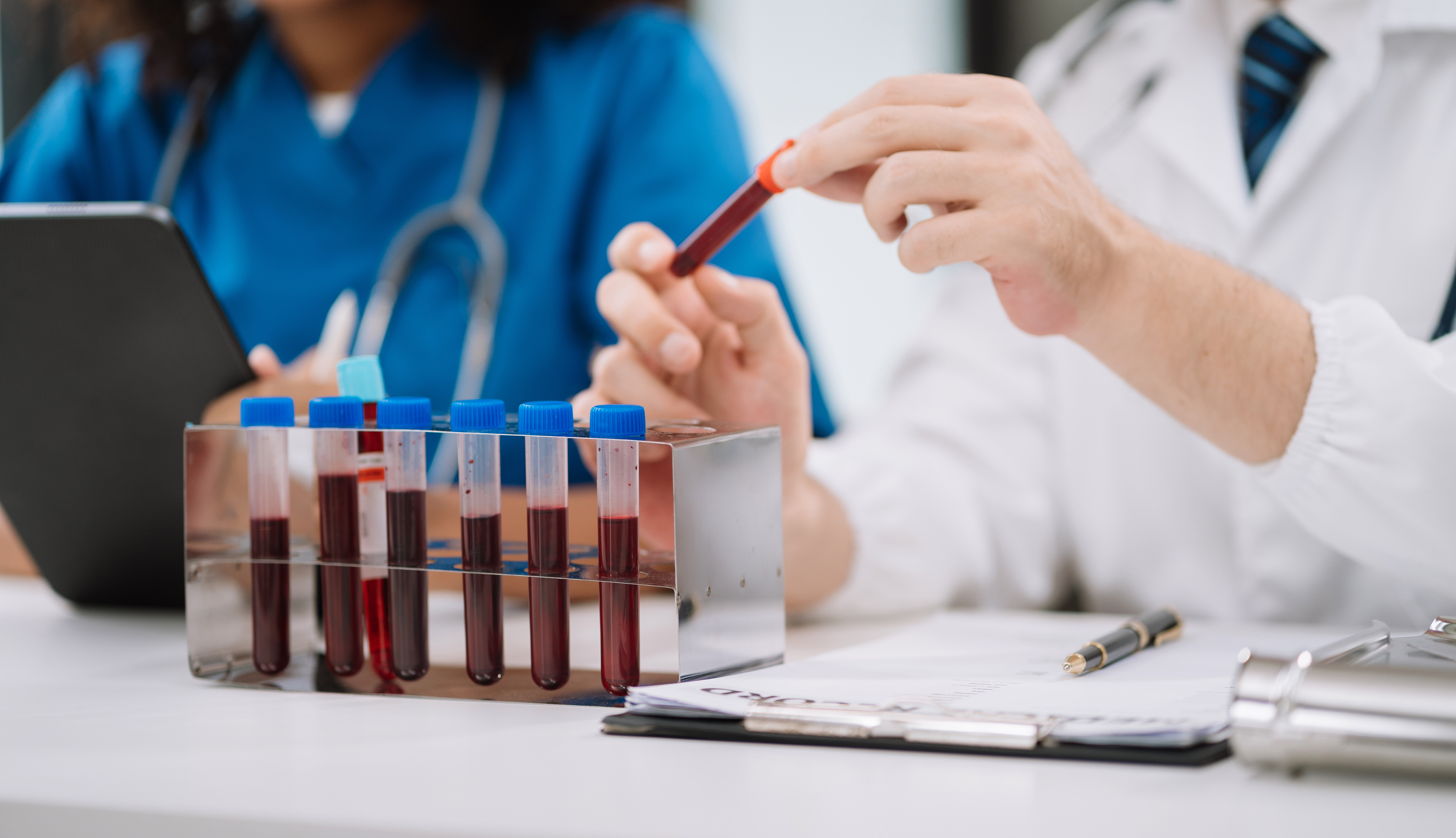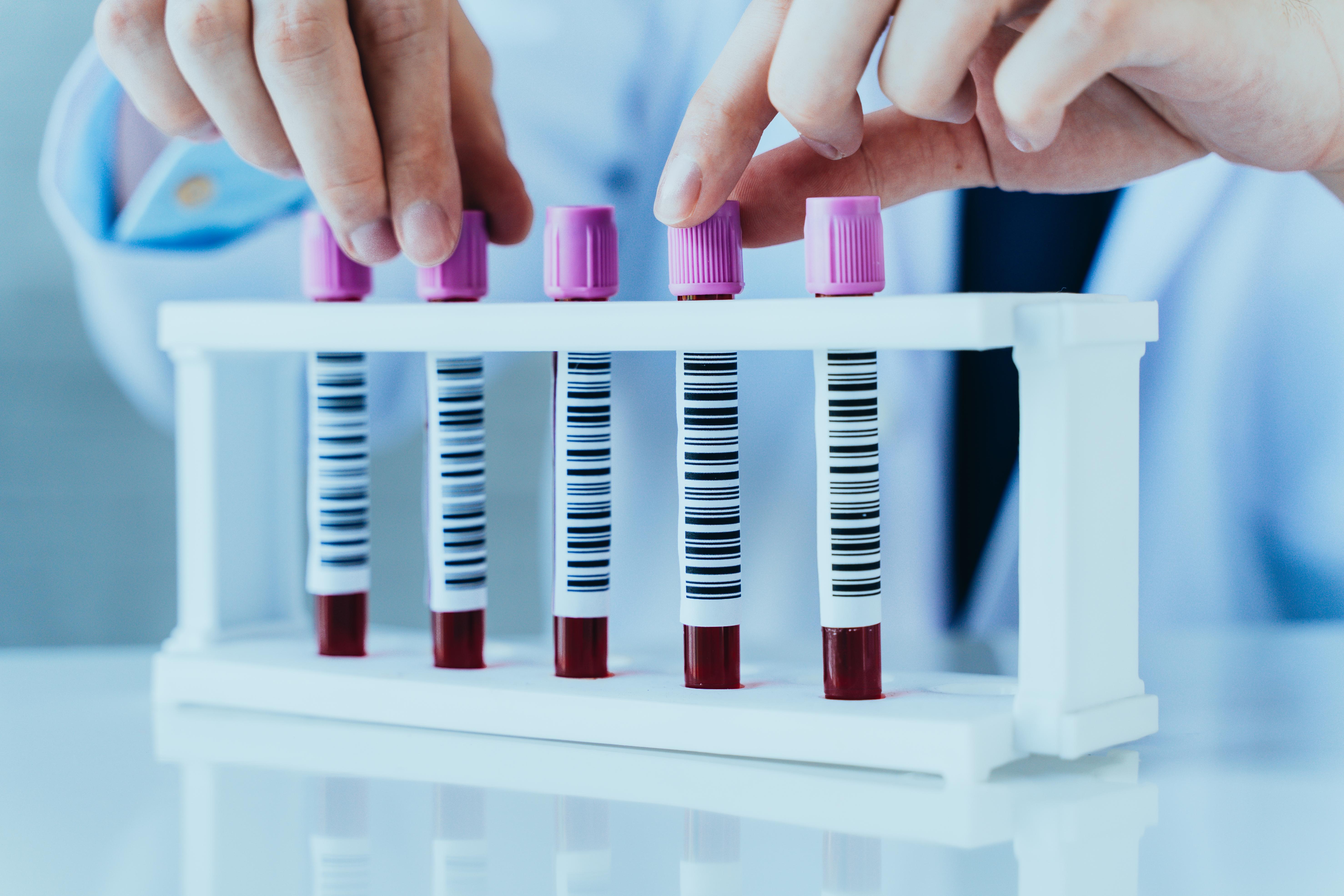Blood-Test Breakdowns That Could Make You The Sherlock Holmes of Hematology
15. D-dimer Test: Decoding Clotting's Aftermath

When the body forms and then breaks down blood clots, it produces D-dimer fragments. This test doesn't detect a clot itself, but rather its breakdown products. A high D-dimer can indicate a recent or ongoing blood clot, such as deep vein thrombosis (DVT) or pulmonary embolism (PE), even if symptoms are vague. While a positive result requires further imaging, a negative D-dimer effectively rules out a clot in many cases, saving patients from unnecessary, invasive procedures and rapidly guiding emergency diagnostics.
16. Thyroid Stimulating Hormone (TSH) Test: Your Metabolic Maestro

Though technically a hormone test, the TSH test is a pivotal blood measurement for assessing thyroid gland function, which profoundly impacts metabolism, energy, weight, and mood. TSH is produced by the pituitary gland to stimulate the thyroid. Abnormal TSH levels (too high or too low) often point to hypothyroidism (underactive) or hyperthyroidism (overactive). This single blood draw offers a crucial window into your body's metabolic engine, diagnosing a common and treatable cause of fatigue, weight changes, and other systemic issues.
